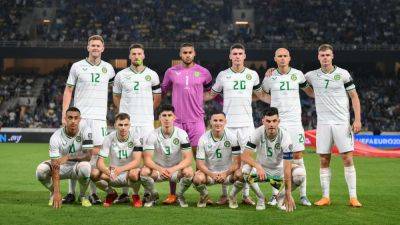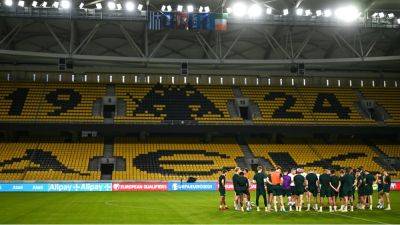The mystery of the Holocaust survivor and the Dukes cricket ball
S hernhall Street is a largely residential road in Walthamstow, east London, just under an hour by public transport from the manicured turf of Lord’s: 10 miles away but worlds apart. No 241 is a two-storey grey-brick building, whose blue double door gives no hint of what is inside. The owner likes it that way. Enter and you are greeted by the smell of leather, and a swathe of red, plus a bit of pink, white and orange: boxes and baskets of cricket balls. On a whitewashed wall is a large sign in red letters: British Cricket Balls Ltd. And since 1987, it is where they have been making the Dukes.
The owner, Dilip Jajodia, has spent 50 years in cricket-ball production. He set up Morrant Sports, a pioneering mail-order cricket-equipment company, in 1973, having left his job as a pensions fund manager in the City. A cricket-mad child in Bangalore, he boarded at Bishop Cotton School, the “Eton of the East”, whose alumni include Colin Cowdrey. It’s been a lifelong love affair, despite an accident at school where he was smashed in the mouth while fielding at silly point. “You could say cricket balls left their mark on me from that point onwards,” he says. “I was stretchered off and I’ve still got these metal plates in my mouth, but it didn’t diminish my enthusiasm.”
Producing the Dukes starts with the humble cow, and the best leather comes from Aberdeen Angus cattle fed on lush Scottish and Irish grass. The hides are sent to Spire Leather in Chesterfield, where they are cleaned, treated with aluminium sulphate to aid the tanning process, sprayed the desired colour, and cut. The thickness of the dried hides is measured: the bulkier areas around the backbone are saved for balls used in international matches, while the outer flanks







